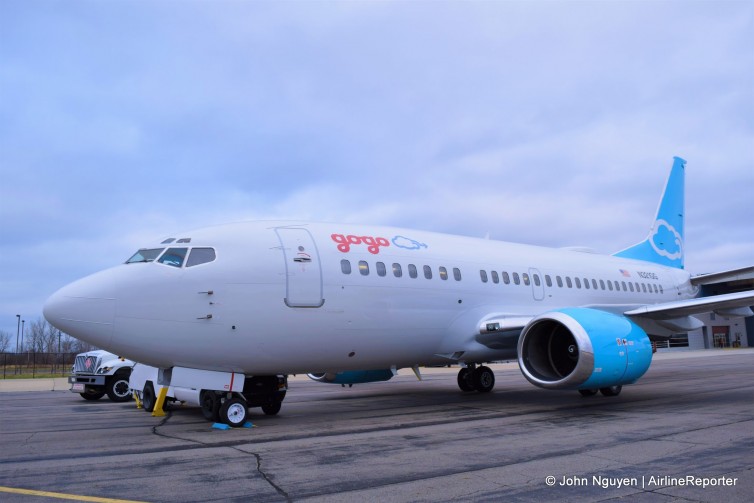
Gogo’s testbed, a Boeing 737-500 (reg. no. N321GG) dubbed the “Jimmy Ray”
You might have heard of Gogo, that company that lets you check Facebook watch Youtube be productive while you’re 30,000 feet in the air. And you might have been one of those who sighed loudly when your cat video kept pausing and buffering.
From the power user traveling for work, to the new user who will update their status to, “I’m posting this from the plane!”, most can agree that data speeds inflight are nowhere near what we’re used to on the ground. We take connectivity on land for granted, but in the air the concept is still novel and exciting (before it disappoints us multiple times with the infinite spinning “Loading…” circle).
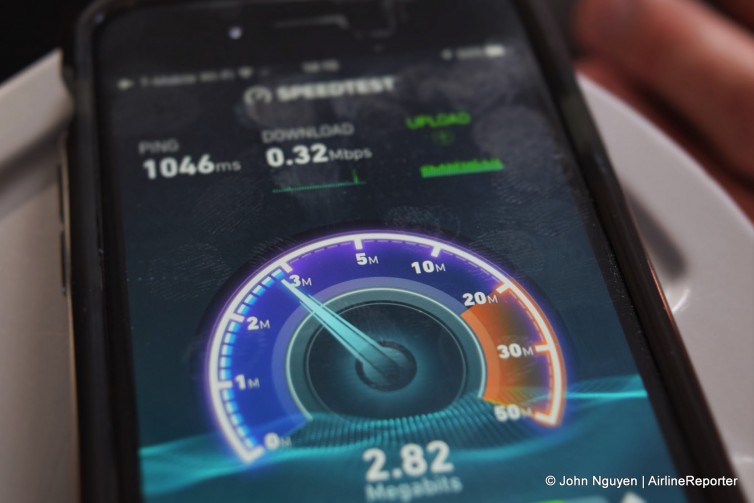
An #AvGeek testing Gogo’s speed
Gogo wants you to have really, really fast Internet, and they invited AirlineReporter to come check out their new headquarters in Chicago’s Loop, as well as to experience their test bed in action (or in #AvGeek-speak, fly on their private, tricked out Boeing 737-500). Can Internet access actually get better, and what does it mean for the regular passenger?
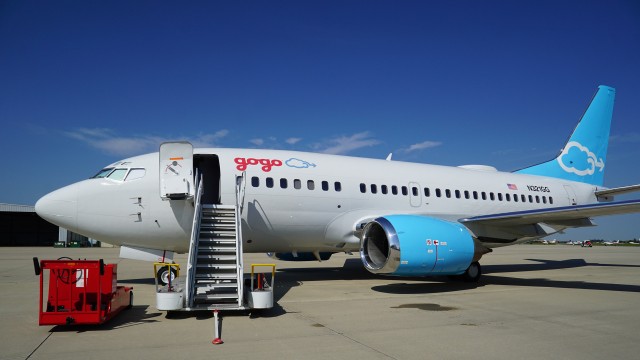
N321GG – Gogo’s 737-500 testbed – Photo: Gogo
Like most business travelers, I have grown accustomed to looking for the familiar WiFi symbol while boarding a plane. Just a few years ago, in-flight connectivity was a luxury and something one could not depend on, whether through spotty deployment across fleets, or because the cutting-edge technology delivering said connectivity wasn’t terribly reliable.
Over the years, however, following increased adoption among carriers, this luxury has morphed into something closer to a necessity. Business travelers like consistency, yet as comedian Louis CK accurately pointed out in one of his more popular skits amongst AvGeeks, we are more entitled than we should be. While I have grown increasingly dependent on connectivity, the underlying technology has always been a bit of a black box to me. You’ll be happy to know the hardware is in-fact encased in black boxes.
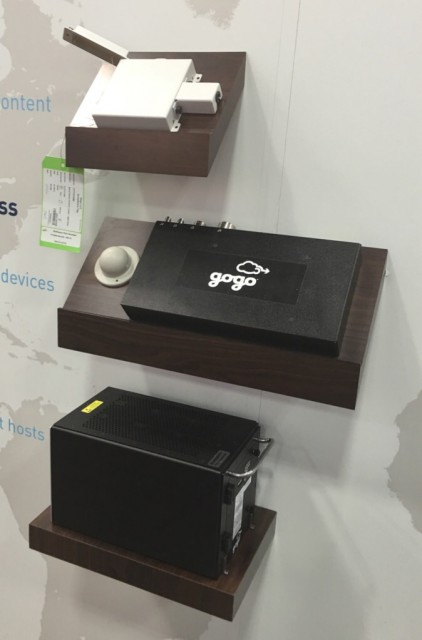
Some of the hardware required to power Gogo’s IFC and IFE systems – Photo: JL Johnson | AirlineReporter
I recently had the opportunity to catch up with the Gogo team at the Airline Passenger Experience Association (APEX) Expo in Portland to learn all about in-flight connectivity. For two days I mingled with PR folks, engineers, and even some of Gogo’s competitors in an attempt to get a solid understanding of IFC basics. Now that I have had a few days to digest the the technology and various initialisms, I’m excited to share what I learned.
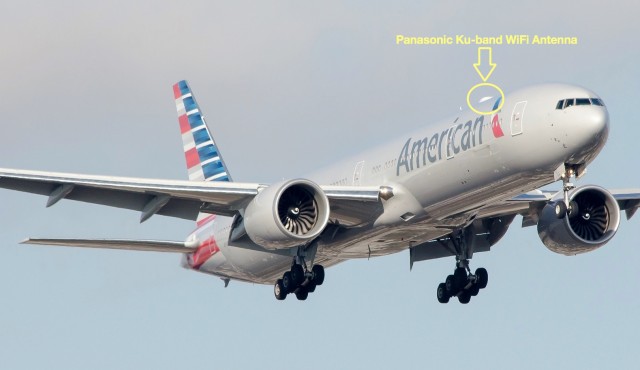
WiFi is becoming common, but doesn’t mean it isn’t complex – Photo: Jason Rabinowitz
A few weeks ago, Gizmodo ran an article claiming to rank and explain every major U.S. carrier’s WiFi system. At Routehappy, a big part of my job is to do exactly that. I need to know exactly what WiFi system is installed on every airline fleet and subfleet in the world, how it performs, what its limitations are, and how it ranks in the overall ecosystem. When I read through this article, I couldn’t help but notice it contained a few errors.
It’s a very complicated ecosystem, but not so complicated that it can’t be figured out. While the article does a great job of explaining how in-flight WiFi works and the technology behind it, I felt it was necessary to clear up which airlines currently offer what systems. Gizmodo’s 1-9 ranking is unchanged.
Below are excerpts from the original Gizmodo article, with my comments added under each.
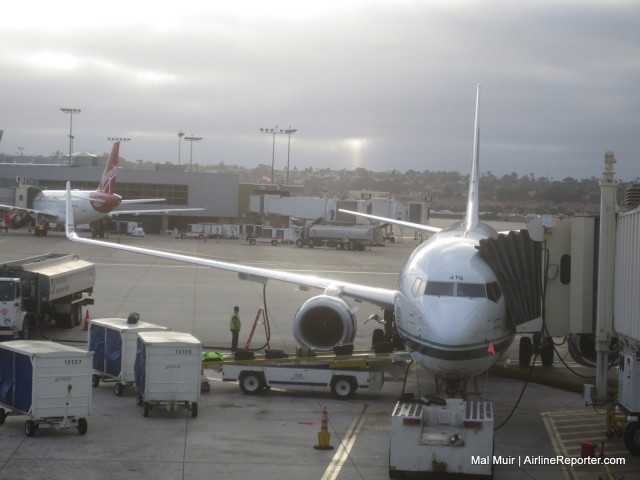
Flying non-rev on an Alaska 737-900ER….. hopefully
My real day job is a travel agent, and I have performed this job (with different companies) for the last 10 years. I have spent those 10 years planning and organizing other people’s vacations. When I make a booking for a client, it means that when they go on vacation and there is no stress for them. From the moment that they wake up on the day they leave, until the day they return, all their bookings are handled.
Being an AvGeek helps with this job, so much so that I thoroughly enjoy finding the best routing and deals for people, and I have to admit, while I spend all that time doing other people’s vacations, I can spend as much time planning my own. This planning phase to me is as much fun as going on vacation (sad, I know). So how is it that I found myself, the ultimate vacation planner, going on a weekend away with no plans?
Well, a friend of mine had access to some buddy passes and there were due to expire before the end of June. What does one do with expiring non-rev buddy passes? You use them, of course!
I had never flown on a standby ticket before. Sure, I have tried to stand by for a flight change or something similar, but never have I entered an airport for a flight without at least some form of seat for my journey. My friend told me that rather than commit to any plans for the weekend, we would pick a general destination and then as soon as we knew we had a seat on the flight, we would only then book a hotel, car, etc. I was about to become the person I dreaded the most in life — an on the fly kind of guy!

Inside the Gogo Network Operations Center – Photo: Blaine Nickeson | AirlineReporter
As a frequent flier, the novelty of in-flight internet has (mostly) worn off for me. After a full day of presentations, tours, and demonstrations at Gogo, I can promise you that I’ll never take it for granted again. Gogo invited me as part of a group of journalists from both the travel and tech sectors to take part in a day-long “all access” event at their headquarters, near Chicago O’Hare airport.
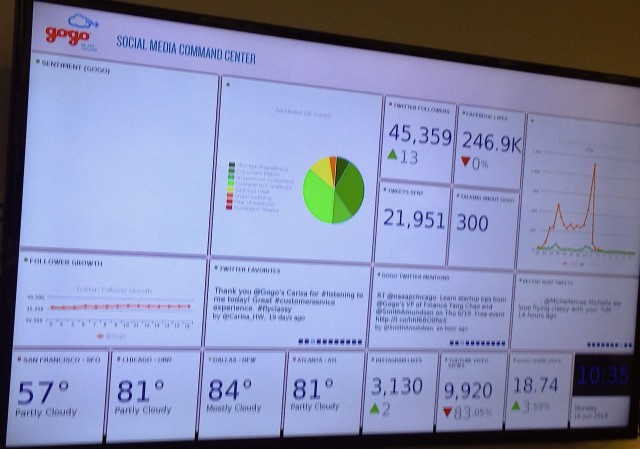
Gogo’s “Social Media Command Center” – Photo: Blaine Nickeson | AirlineReporter
Gogo is the largest provider of in-flight connectivity, with over 2,000 commercial planes equipped and 6,000 business jets. Originally known as Aircell (and a lot of equipment I saw still had that name on it), the company was founded in 1991 to provide in-flight telephone access. In 2008, Gogo launched in-flight broadband on their first commercial flight, and our lives as fliers has never been the same.







